My exploration of Croatia and the Dalmatian coast continue as I made my way down to Split. Split is the second largest city in Croatia. The city is built along a peninsula. The city was first founded as a Greek colony and then was taken over by the Romans. The city of Split has been around for over 2400 years.
Aside from Split being the second largest cities in Croatia it is also one of the most popular destinations for tourists travelling to Croatia. Many of the cruise ship companies that ply the Adriatic Sea, stop over in Split.
Finding affordable accommodations close to the old historical part of Split can be a challenge especially during the summer season, I lucked out and was able to find a place not more than 15 minute walk from the central part of Split. The place also has the benefit of secure on site parking which is something I always look out for when booking accommodations.
My main interest in coming to Split is to view some of their historical archeological sites, both Roman and medieval.
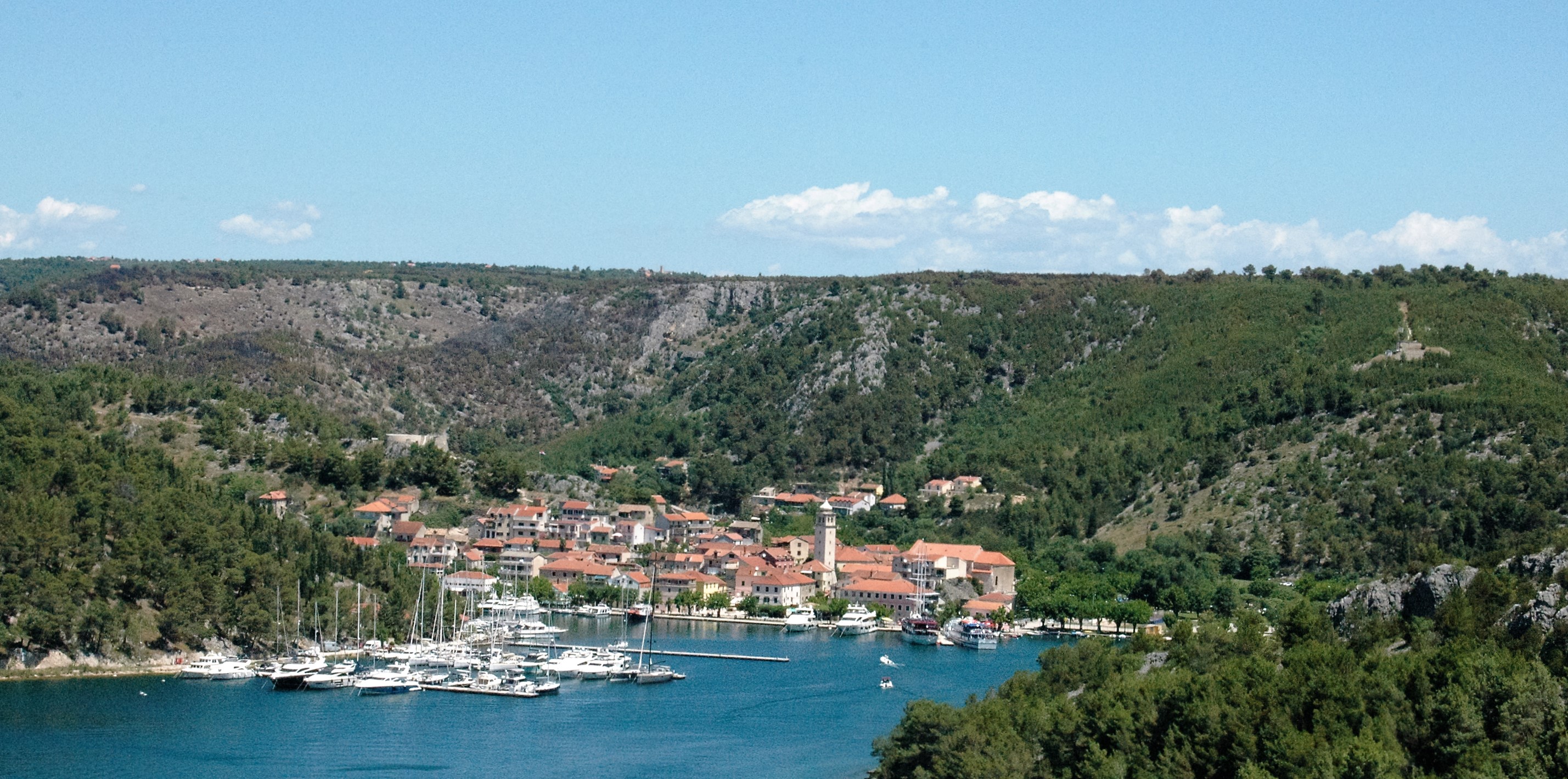
This is from a stop I made on ride down between Zadar and Split
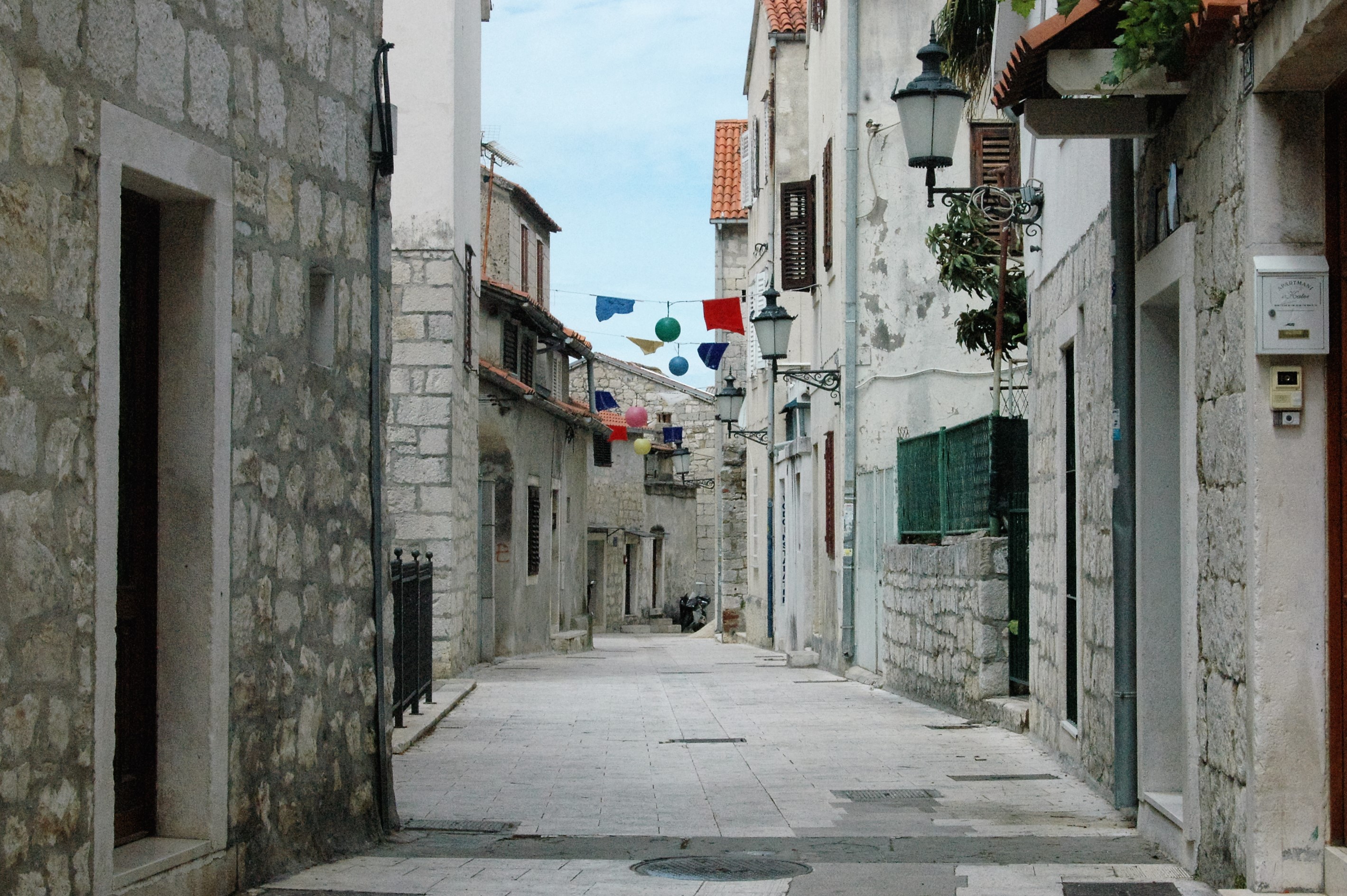
They go to extreme lengths to keep Old Town scrubbed and tidy for the tourists
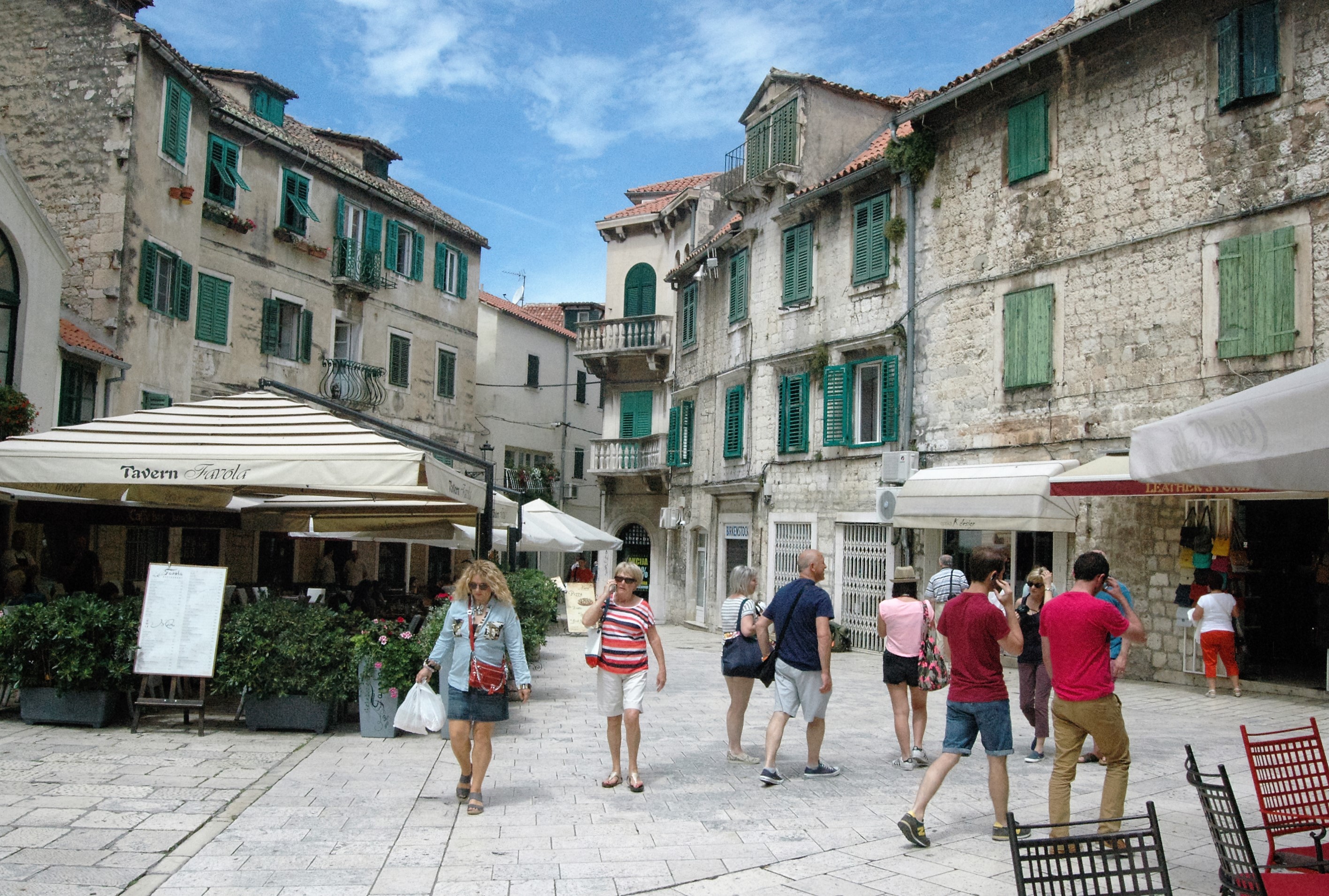
Street scene from inside Old Town of Split

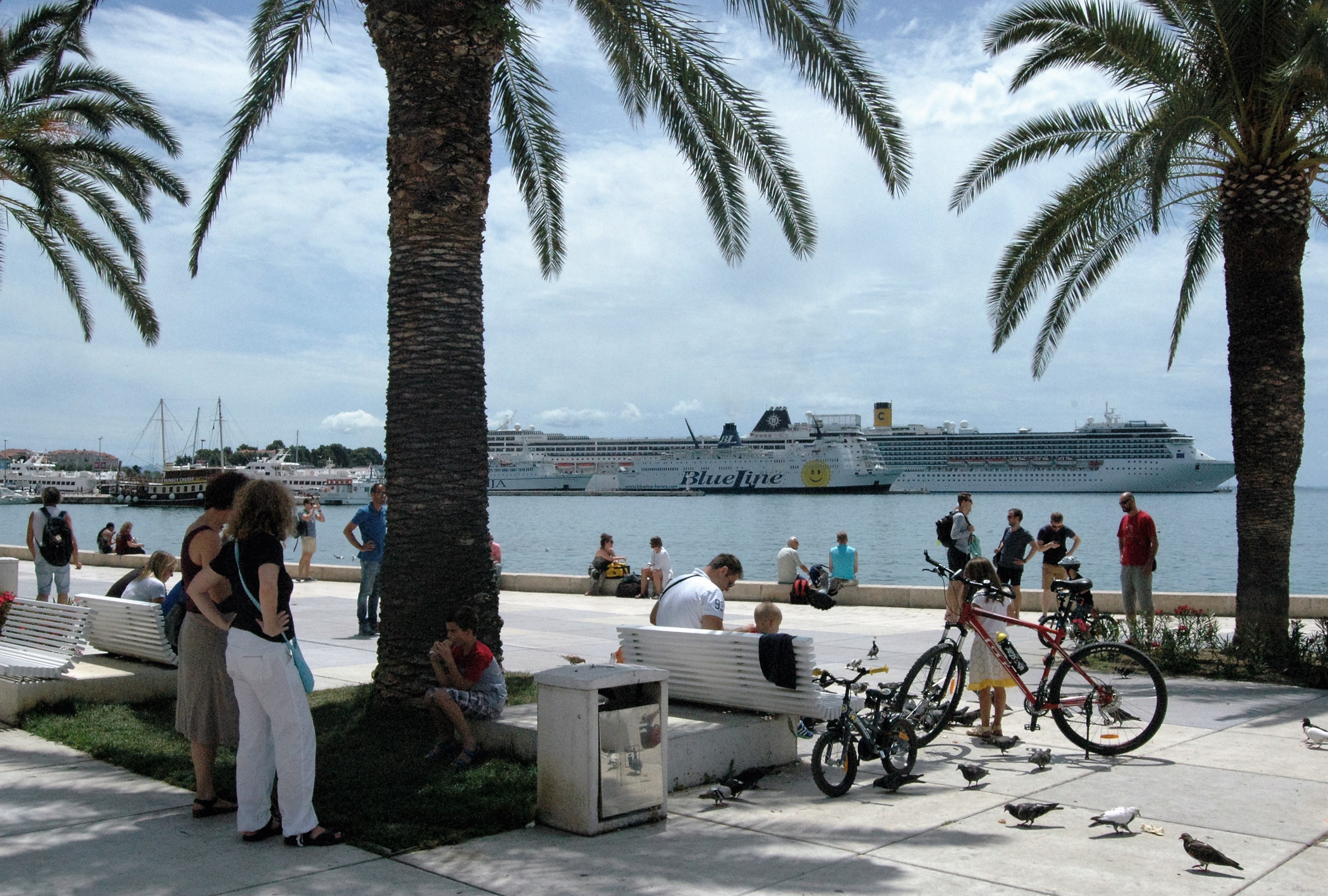
A lot of the cruise line companies make port calls in Split
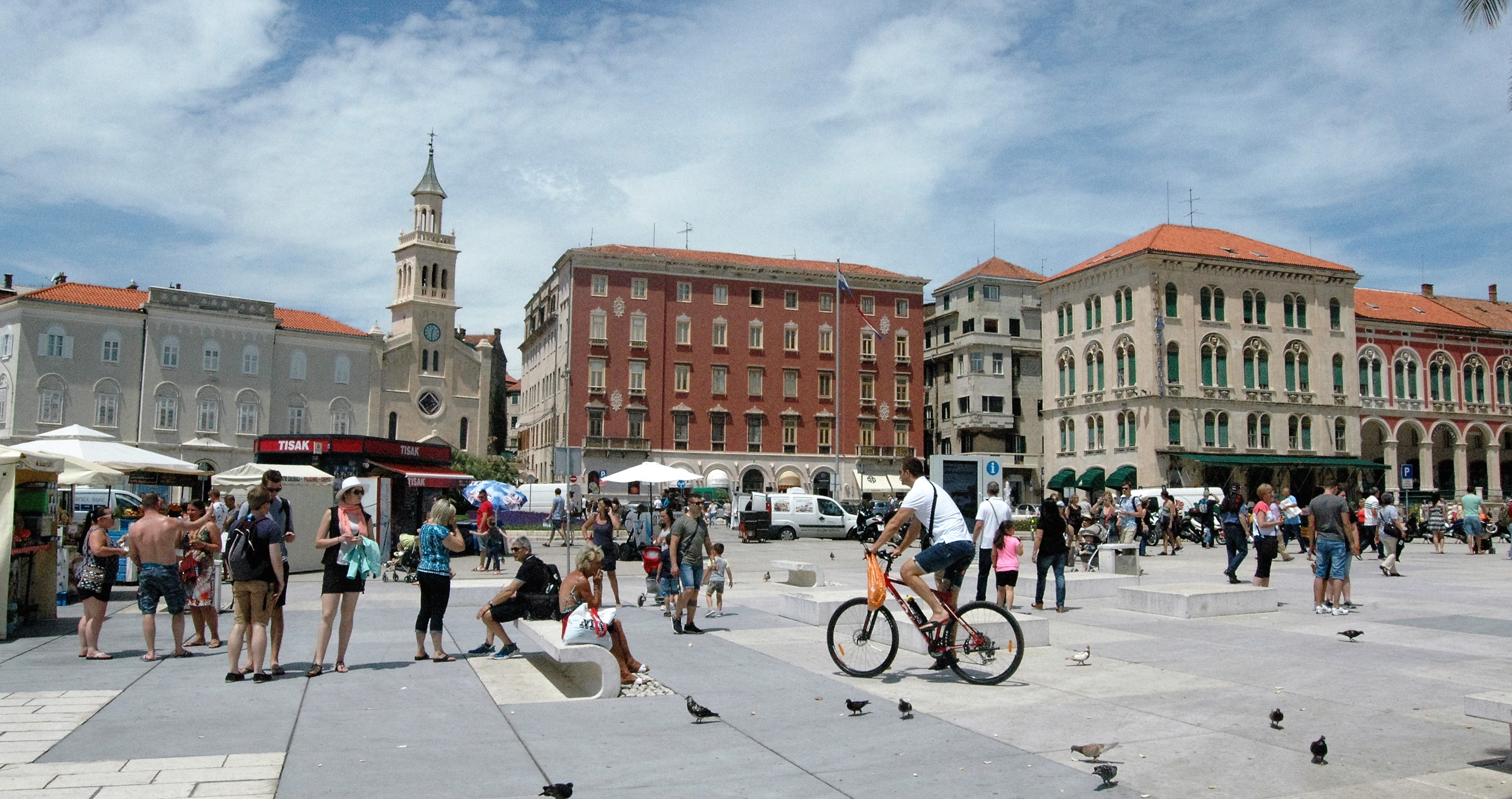
Scene from within Old Town in Split Croatia
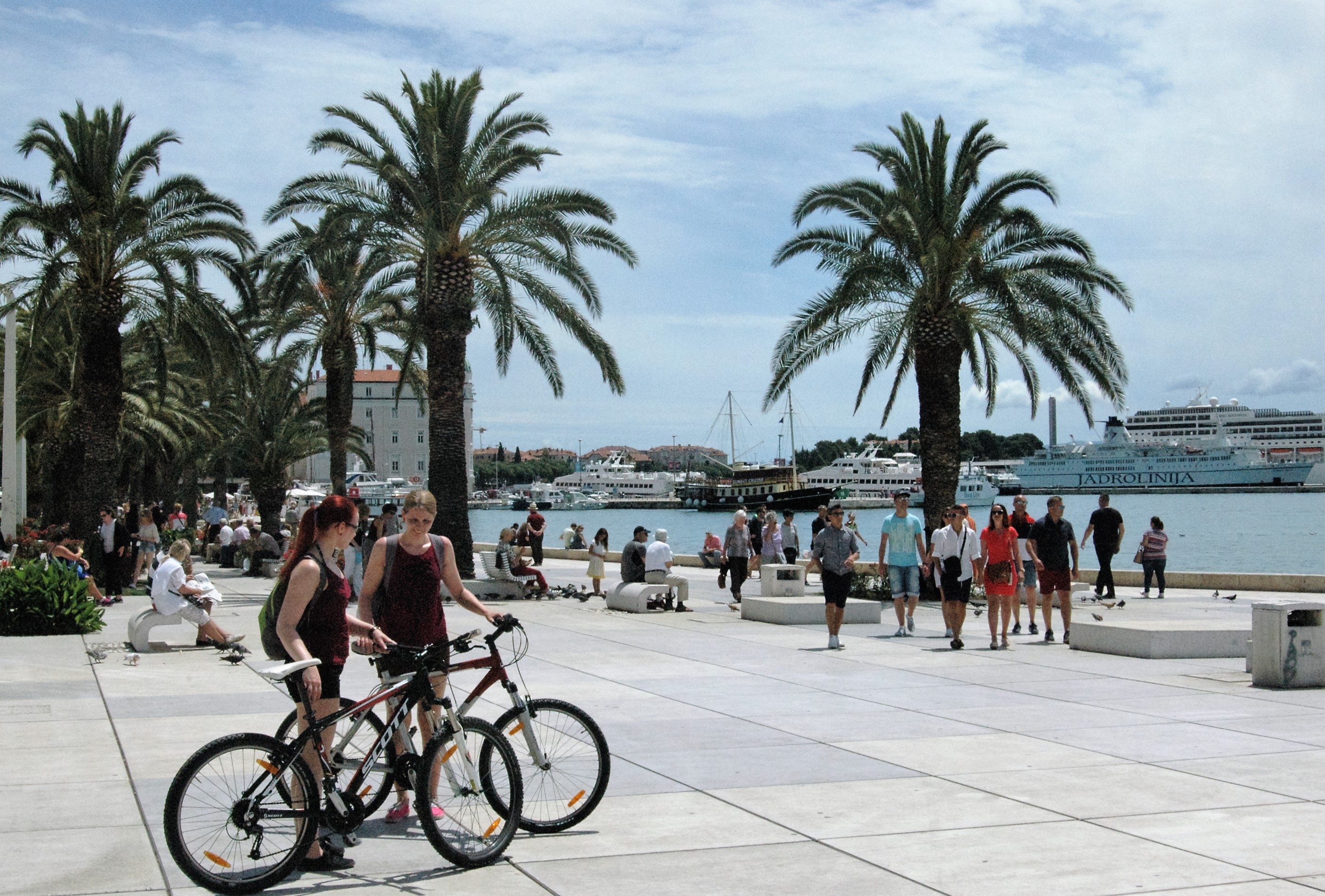

Section of wall fortification surrounding Old Town in Split
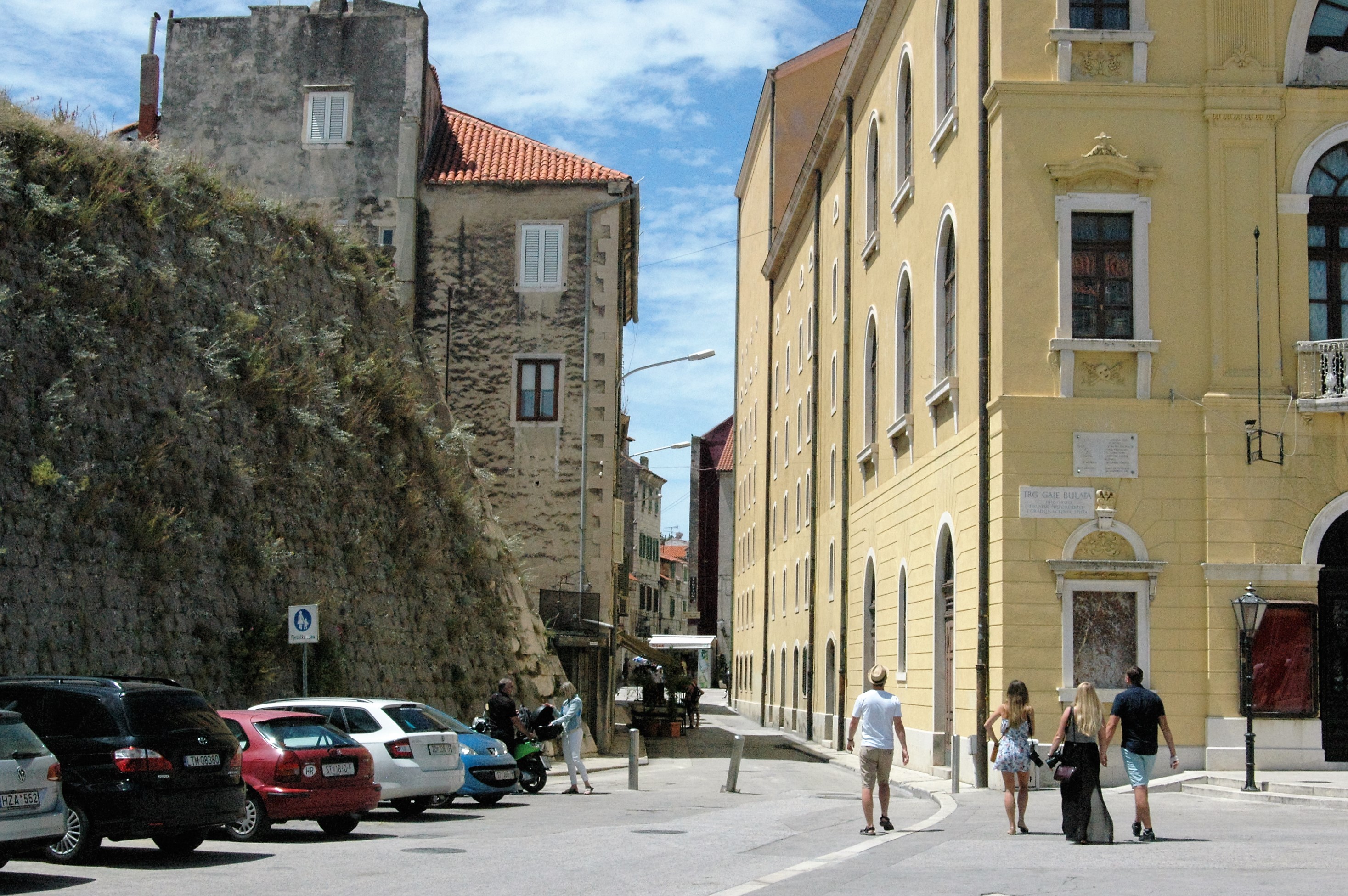
After a few days spent visiting Split I was set on getting an early departure and heading down to Dubrovnik which according to the owner of the apartment building I was staying at, was a 3-4 hour ride depending on whether I choose to take the tolled Hwy or follow the coast road. The coastal road I was told was very scenic but was very slow, since the route passed through dozens of little coastal villages and the road was very curvy.
I went outside to move my bike around in preparation for packing my gear on to it when I noticed that my rear tire looked very flat. My initial thoughts were that the woman who had struck me the other day may have damaged the tire or the rim of the bike, causing the tire to deflate. I used my portable air compressor that I carry with me to pump up the tire. Every thing looked ok after filling it up with air. I could hear no leaks and the tire seemed to be holding pressure. I checked the tire to ensure that I had not picked up a nail and shit!! I found a large 3 inch screw embedded right in the middle of the tire. There did not seem to be any air escaping around the screw, but there was no way I was going to continue riding with a screw in my tire. Out came my puncture kit and 10 minutes later I had the hole plugged, unfortunately while filling up my tire the pressure fill line on my air compressor exploded. While all this was going on the owner of the apartment was standing by offering to help out if he could. He had a compressor pump of his own which he loaned me to get the tire filled up. My motorcycle has tubeless tires and when you get a flat and plug the puncture from the outside, the way I did, the fix is only meant as a short term solution until you can get to a tire shop and either have it repaired properly or change out the tire. In Canada, motorcycle shops are not allowed to repair punctured motorcycle tires, the only recourse you have is to replace the tire. The owner's son came by, he rides a motorcycle and told me that there was a motorcycle tire shop close by where I could get the tire repaired or replaced.
To make a long short, I rode down to the shop which was only a few kilometers away, they could have repaired the tire with an inside patch, but I would have to wait at least 8 hours for the patch to properly set before riding again, or they could sell me a new tire. My rear tire had about 6000 km on it, I normally get 10,000 km out of a rear Metzler Tourance tire.. I was hoping to ride the bike to Athens before having to replace the rear tire, but since I was here and the shop had the right tire for my bike, I opted to buy a new tire and be done with it. I still do not understand how a 3 inch long screw got perfectly embedded in the center of my tire. This is the 3rd puncture I have now experienced over the last 3 years.
I did not get out of Split until sometime after 12:00. With the lost time this morning getting the tire looked after, I opted for taking the toll road from Split to Dubrovnik. I have been very impressed with the quality of the main highways here in Croatia, main roads are as good as anything you will find in other parts of Europe.
I was not aware of it until I rode down from Split to Dubrovnik but in order to get to Dubrovnik you need to pass through Bosnia. Croatia is broken into two non-contiguous parts. There is a section of land called the Bosnia Neum Corridor which separates the two regions of Croatia. Bosnia has a 20 km section of the Adriatic coast that belongs to them. There is an unofficial treaty allowing EU and other foreigners to pass freely through this zone. They have a customs port for truckers and buses but cars and bikes are allowed to pass on through.
Here is an article from Wikipedia explaining how this strange fact of geography came to be
The Neum corridor dates back to the Treaty of Sremski Karlovci of 1699, whereby the Republic of Ragusa was separated from the Dalmatian possessions of its rival Venice by two buffer strips ceded by Venice to the Ottoman empire: north of its territory Neum and the bay of Klek, and south of its territory Sutorina with the port of Herceg-Novi on the Bay of Kotor, now part of Montenegro since 1947.
The Karlovci borders were reaffirmed in 1718 by the Treaty of Požarevac, but then the Ottomans, tired of negotiating in vain with Venice for a widening of their maritime access, simply usurped from the Republic of Ragusa the territory of Gornji Klek and most of the Klek peninsula, which it had bought from King Stjepan of Bosnia at the end of the 14th century. After the fall of the Venetian Republic in 1797 and the Vienna Congress in 1815, the Austrian Empire, which had annexed both the Dalmatian possessions of Venice and the territory of Dubrovnik, tried to buy back the Neum and Sutorina enclaves from the Ottomans, but in vain; instead, it stationed a warship to block access to the port of Neum until the Treaty of Berlin, which gave Vienna the whole of Bosnia-Herzegovina in 1878; Neum had been under Ottoman control for 179 years.
In 1918, as a consequence of Vienna's defeat, Neum joined the Kingdom of Serbs, Croats and Slovenes which would start being called "Yugoslavia" in 1929. Under the Karadordevices, the Yugoslav Government ignored the borders inherited from history twice: in 1929, when the Neum Region was included in a Banovina of the Coast, and in 1939 when, following the Serbian-Croatian Sporazum, it was included in the Banovina of Croatia. Tito's federal Yugoslavia was founded on the principle, declared at the 1943 AVNOJ in Jajce and comparatively well-respected by the Ðilas commission in 1945, of establishing the federated Republics in their borders of 1878 which is why the Neum enclave is now part of the independent Republic of Bosnia-Herzegovina, including most of the Klek peninsula (Ponta Kleka, Rep Kleka), the two islets Veliki i Mali Školj and the rock of Lopata in the Bay of Klek.
The accommodation I found in Dubrovnik was right near the center of town, the street the place was not found in my Garmin nor did it appear in Google maps, I had a heck of a time trying to find the place even after stopping and asking some of the locals where the street was.
Dubrovnik is the crown jewel in Croatia's tourist destinations and is the place that all the major cruise ship lines stop at. The city only has a population of 46,000 inhabitants but they get 2 - 3 times that number of tourists each day. Dubrovnik like many of its sister cities up the coast Split , Zadar is a mix of baroque and medieval buildings, marbled streets and red tiled roofs. But Dubrovnik is on a scale of its own. The fortress walls, ramparts and castle spires are enormous in scale. I was here 35 years and was impressed then and was looking forward to my return trip. But sadly, things have changed. At anyone time now there seems to be 3 or 4 giant cruise ships in the harbour flooding the Old Town with tourists. Everything about Dubrovnik now looks like it was designed by the Disney corporation. Everything looks too perfect, sanitised, not a speck of litter anywhere. Its been turned into a giant tourist trap. Every single space within the city has been allocated to a restaurant, outdoor cafe or trinket shop. I wanted to take a walk around the top of the ramparts for better view of the city, you can do that except they now charge you $23.00 to get access to the top of the fortification walls. Sit down for a coke, that will cost you $5.00. There were so many tourists packed into the narrow streets of the Old Town that you could hardly move freely about. This what happens to these seaside resorts when 2 -3 ships come into port, with each carrying 4,000 to 5,000 passengers. They overwhelm the city.
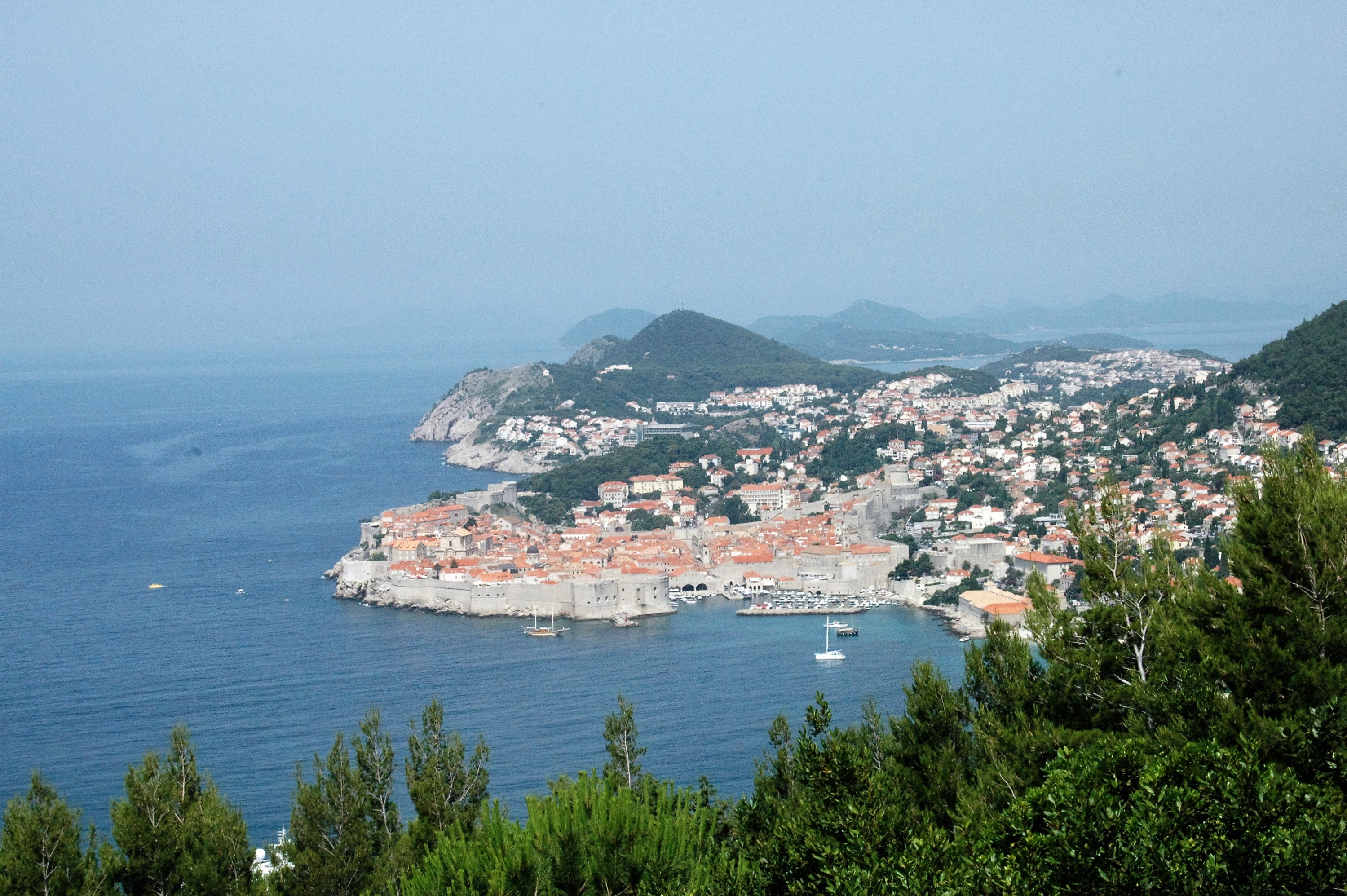
City of Dubrovnik in Croatia
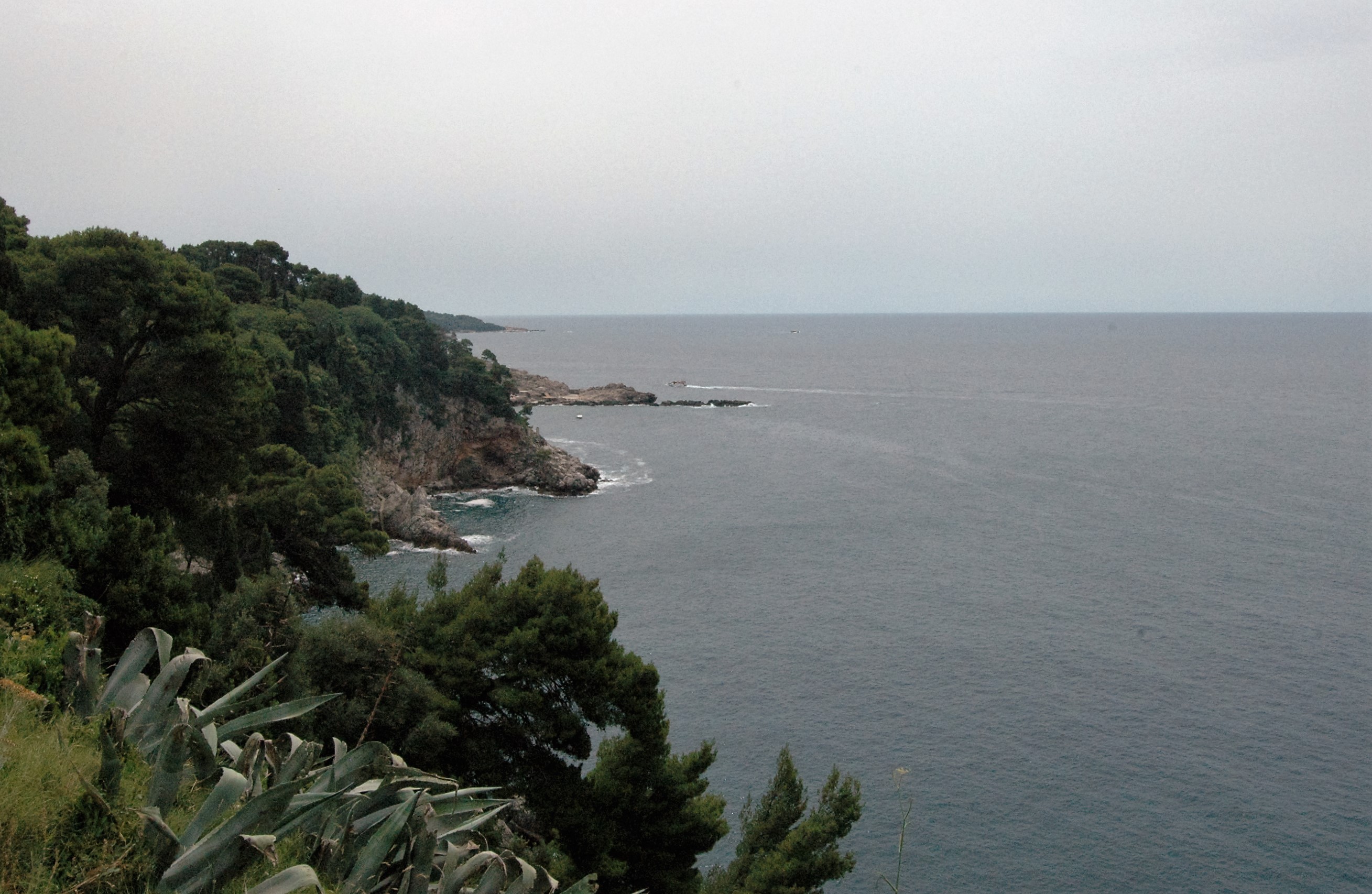
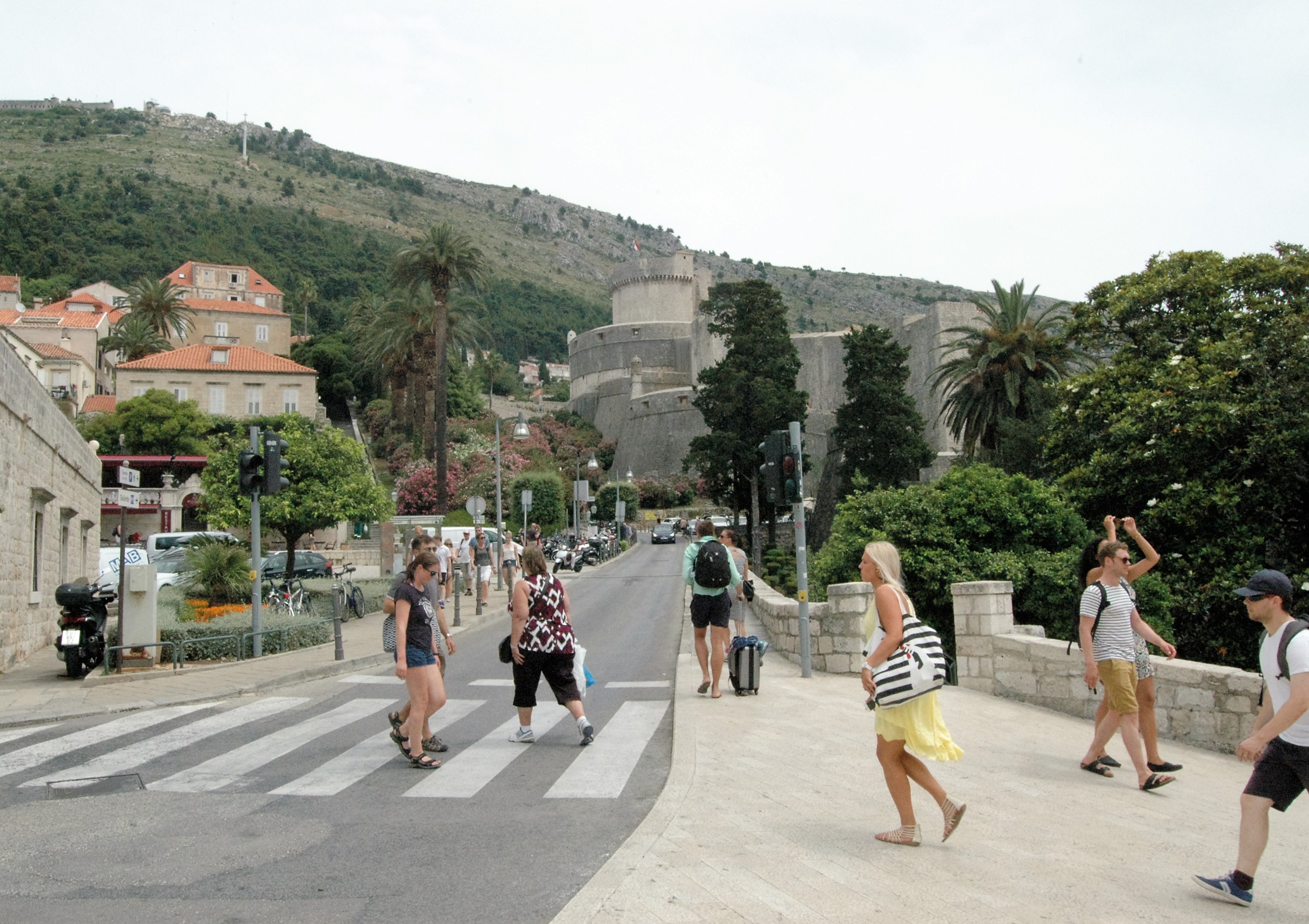
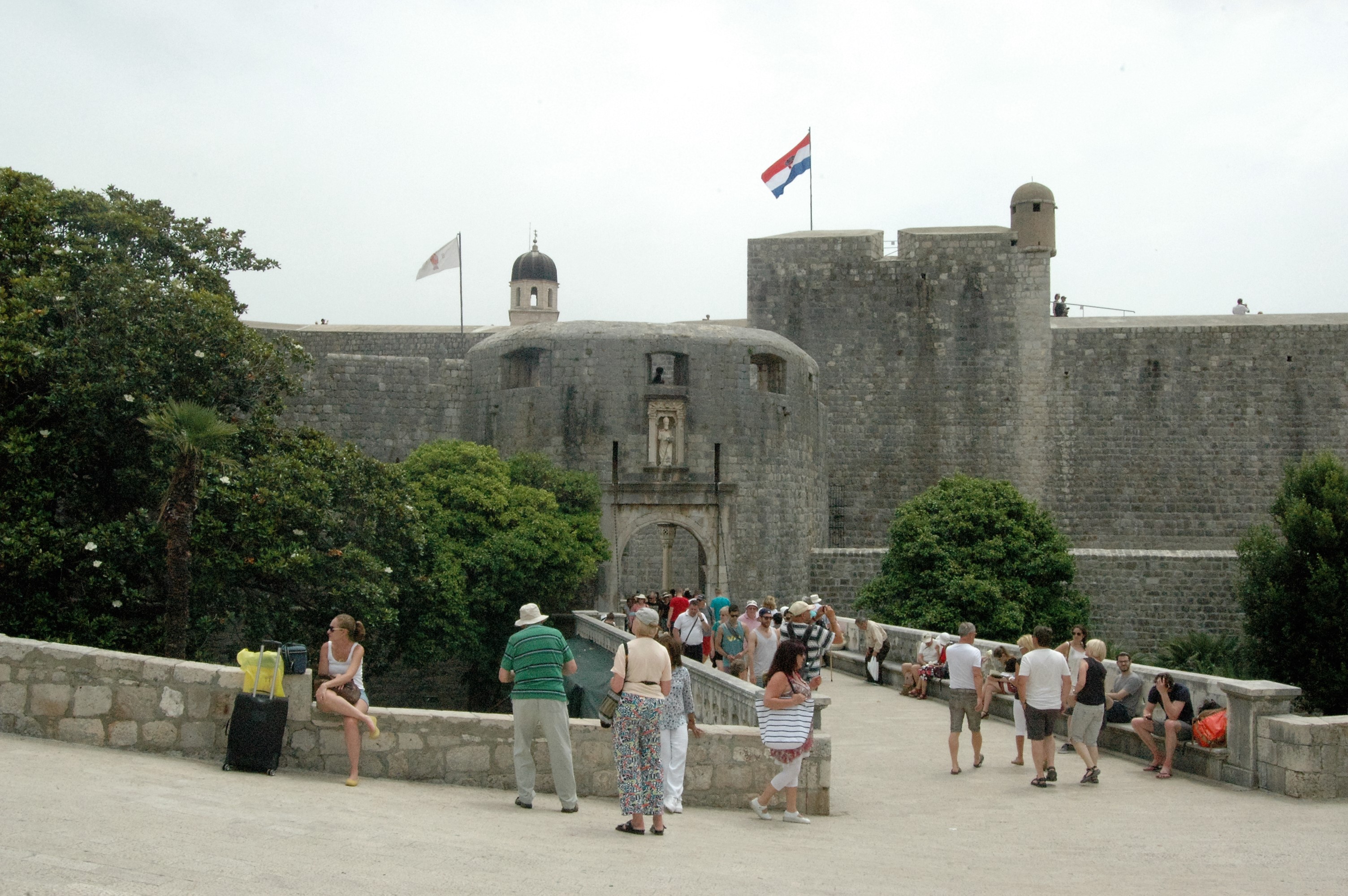
Main entrance into Old Town of Dubrovnik
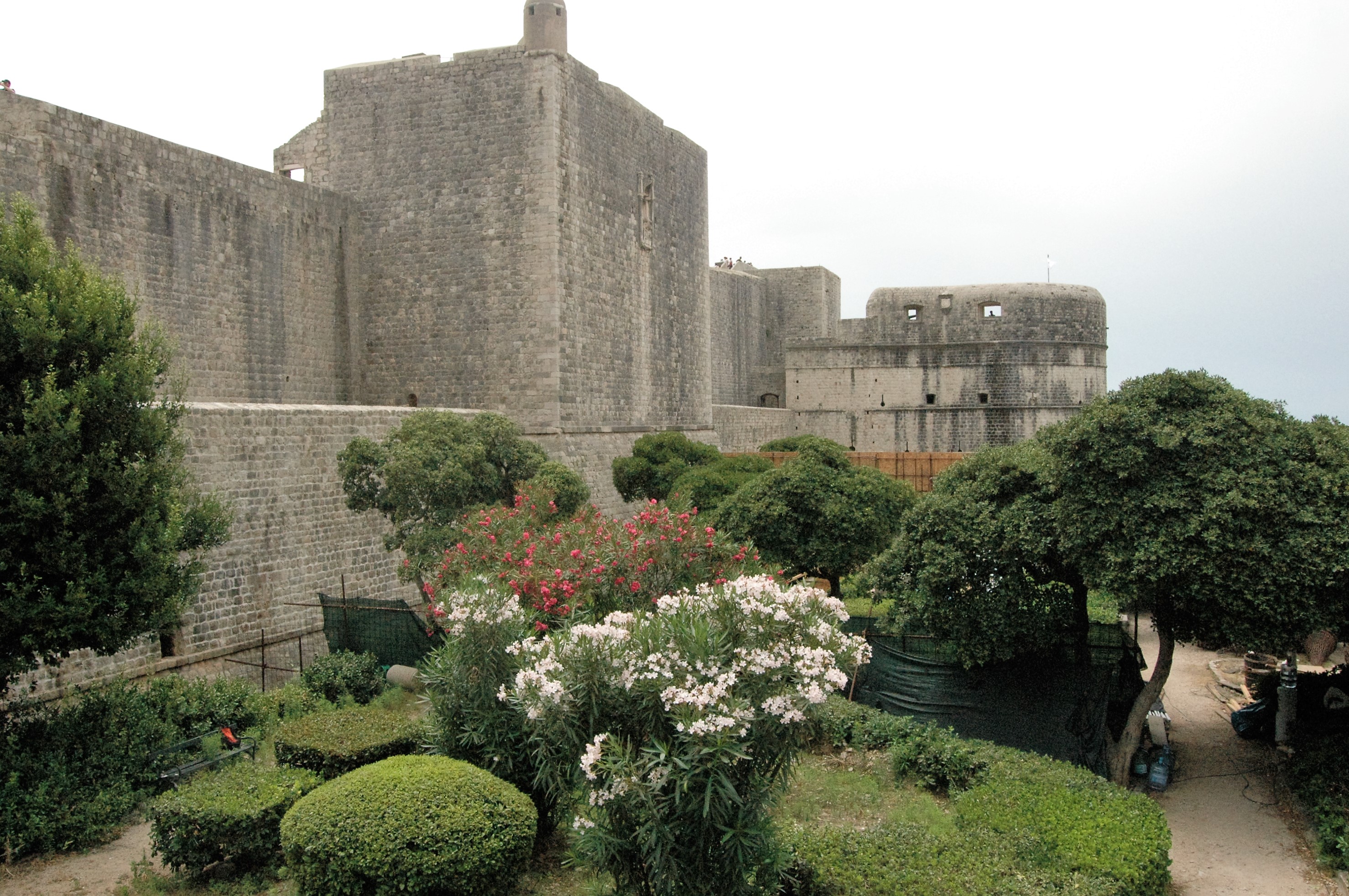
Some of the wall fortifications around the city
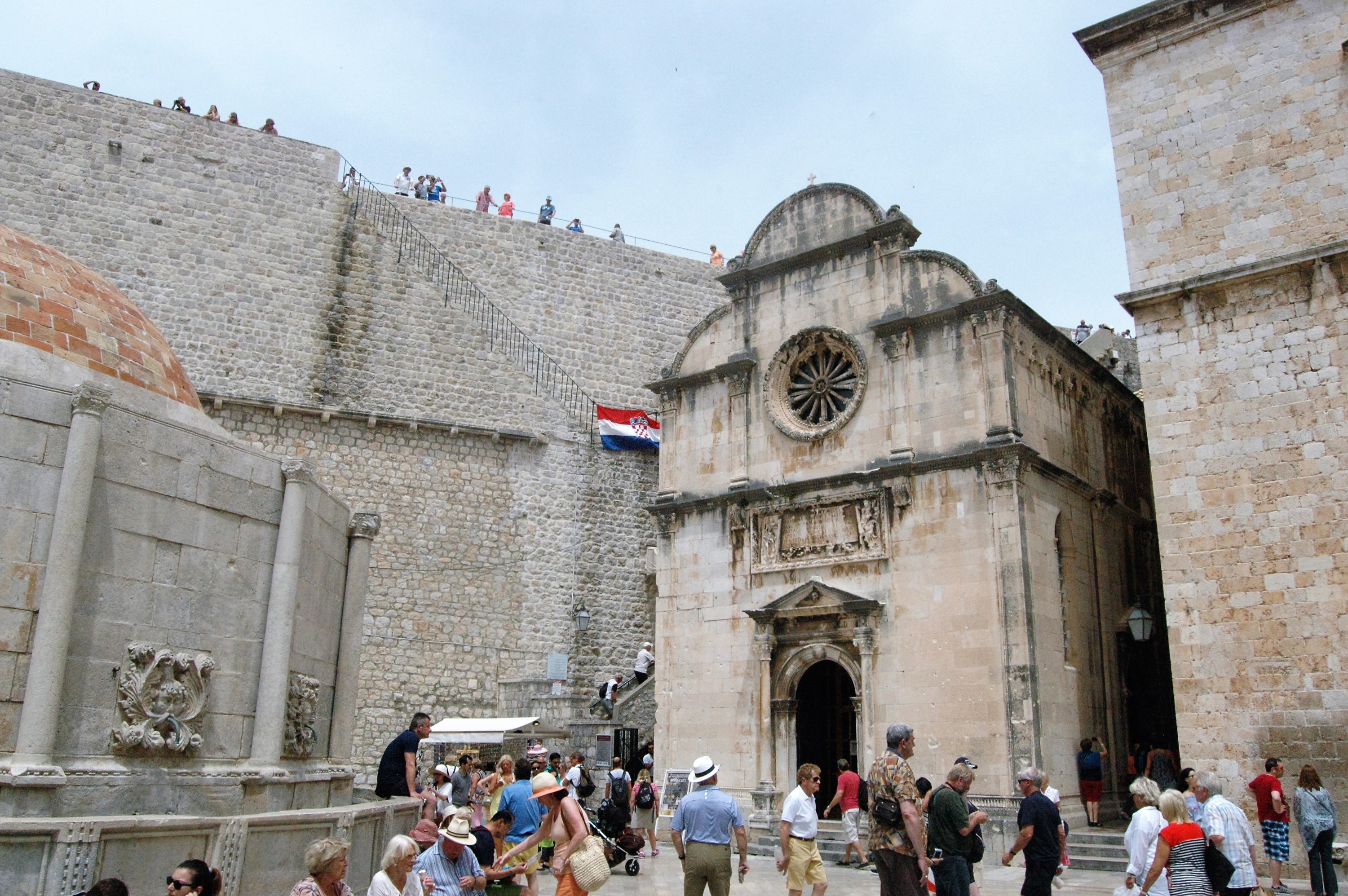
Want to take a stroll on top of walls? that will cost you $23.00 - 130 Kuna
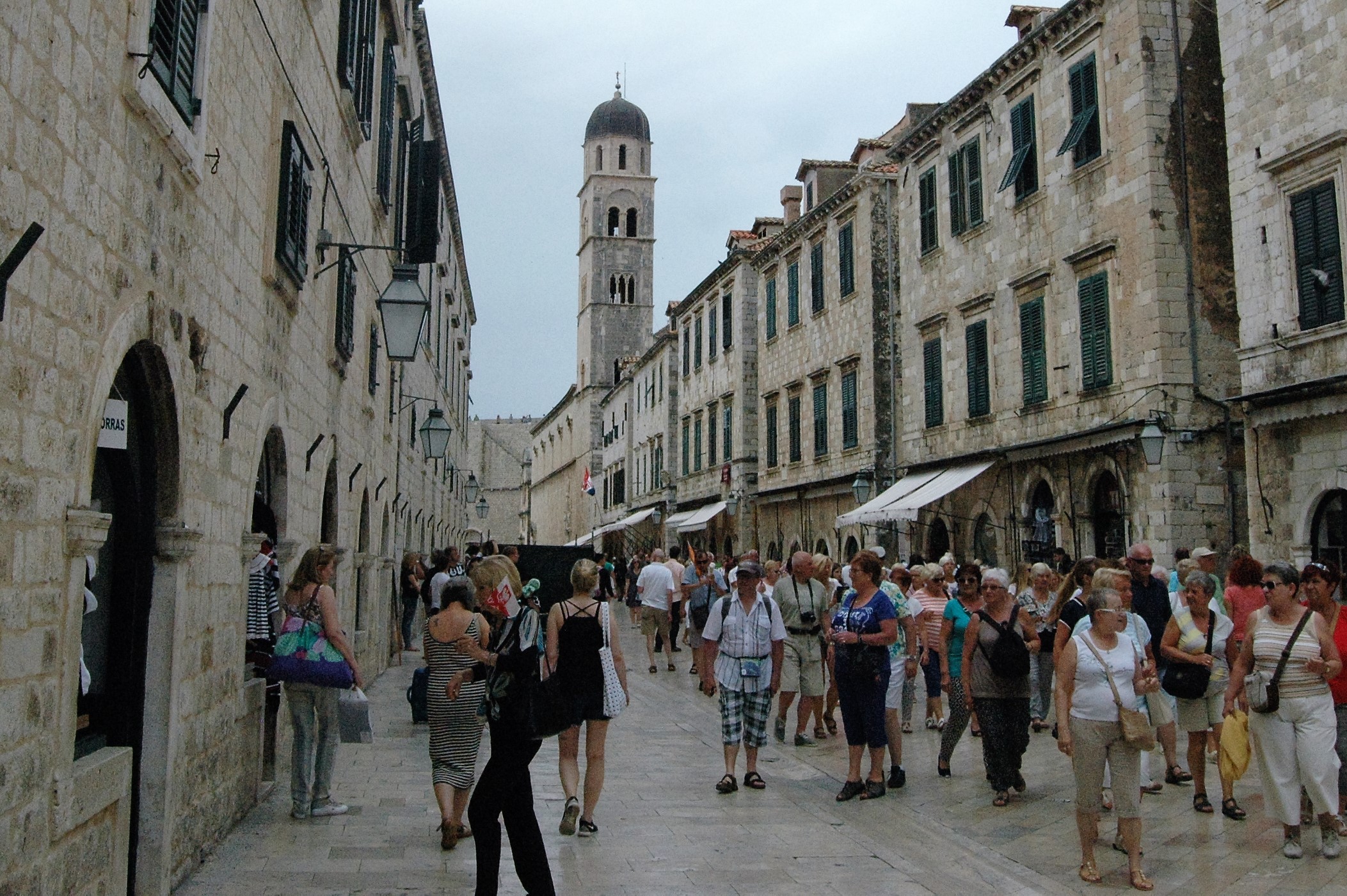
Too many tourists

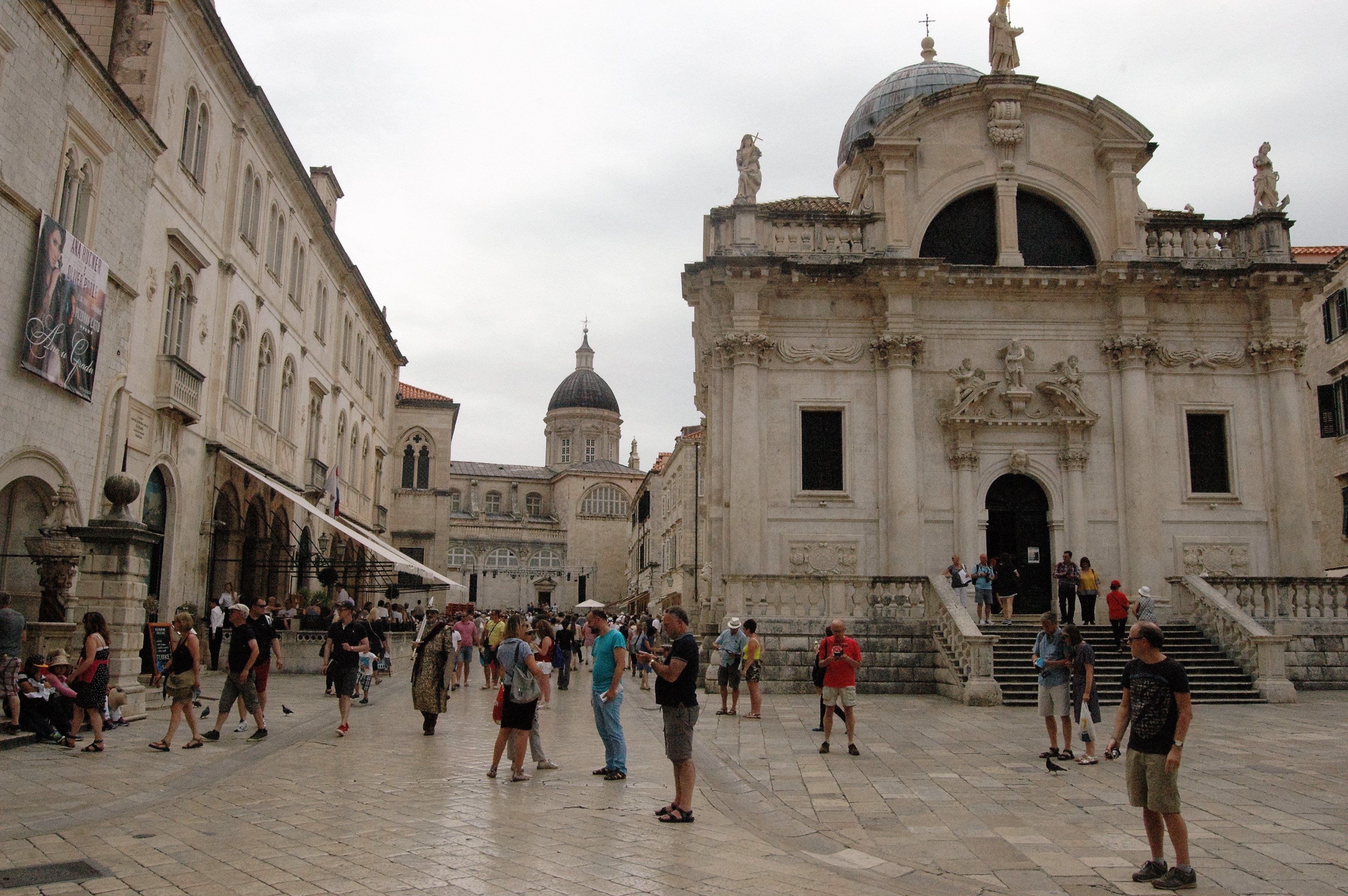





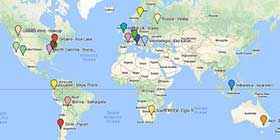









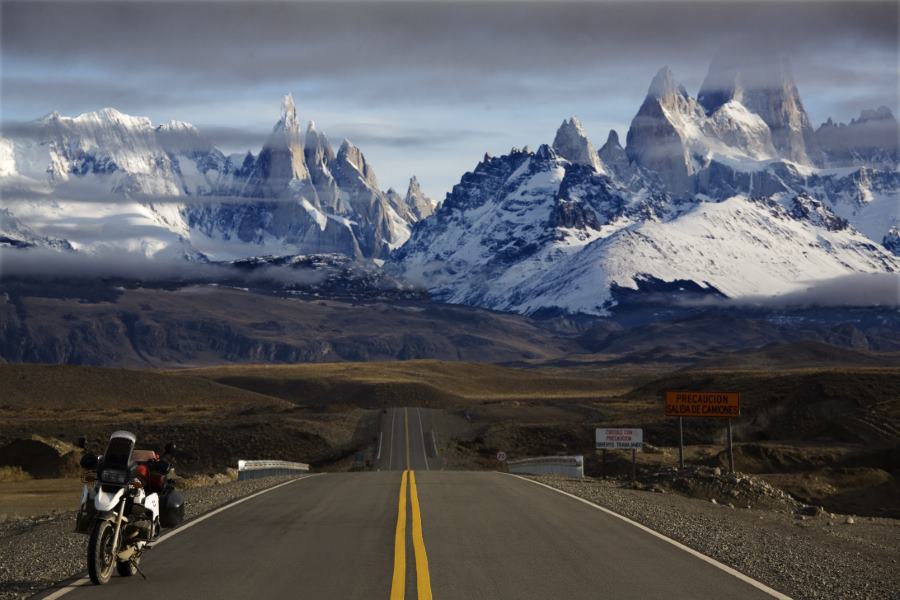

 35Likes
35Likes

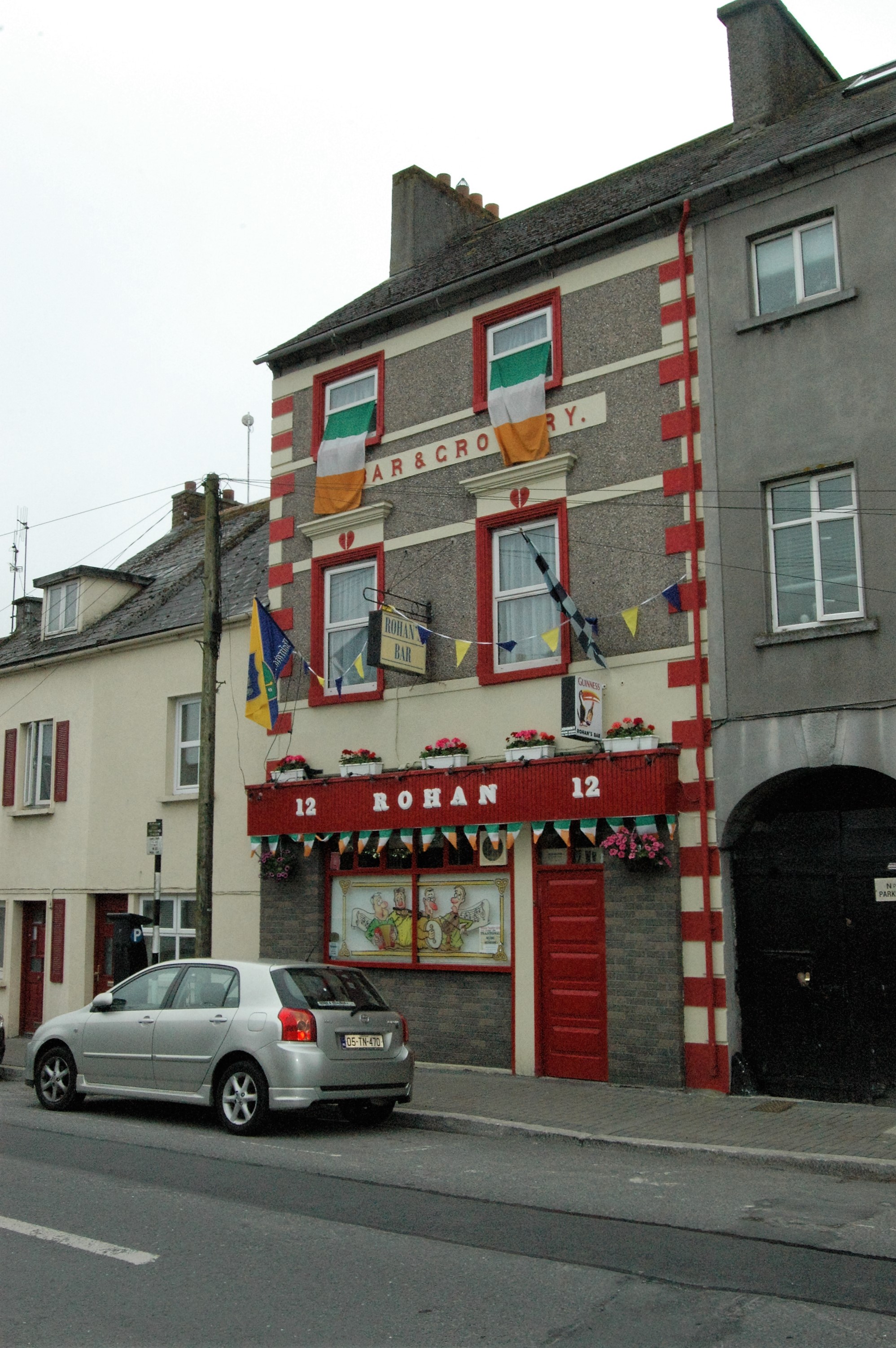


























 Hybrid Mode
Hybrid Mode









